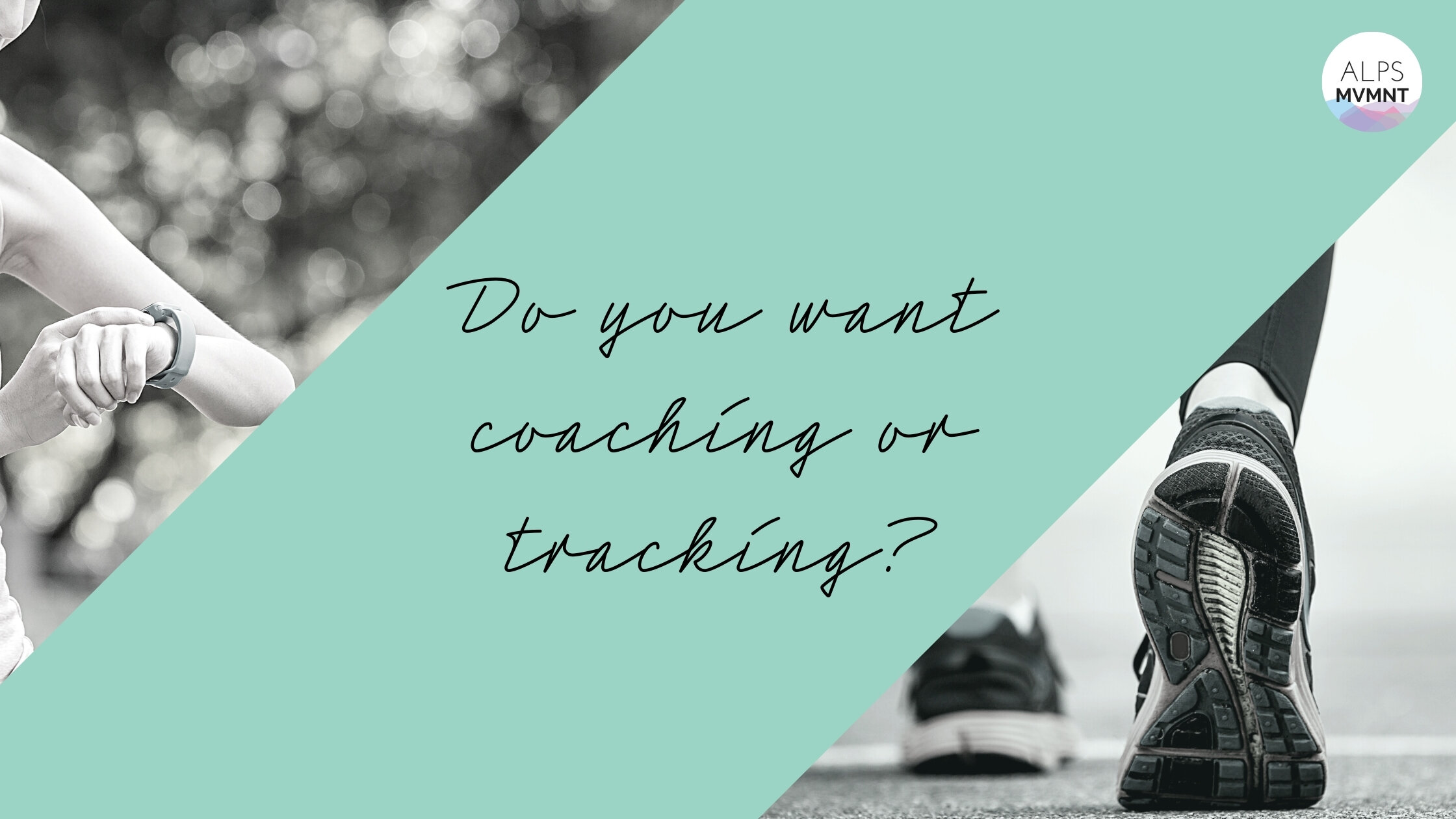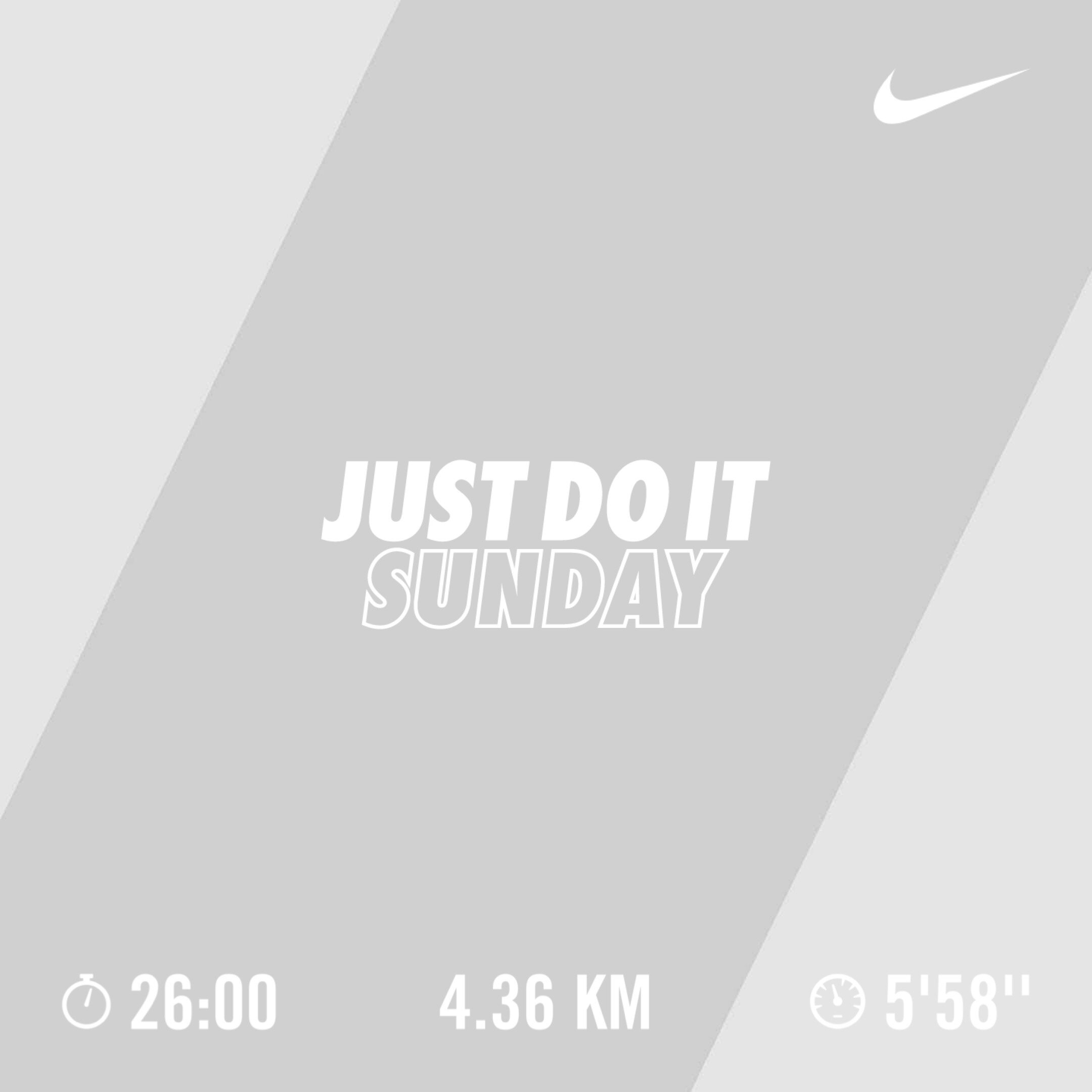Why I Chose Nike Run Club Over Strava When I Started Running Again
Like many people, I pulled out my running shoes for the first time in about a decade during lockdown. I know, super original. Seeing that I hadn’t run regularly since my days as a competitive athlete, I wanted some kind of tool to help me learn how to “run.” As much as I know how to run in a soccer game or keep my legs moving during a massive day in the mountains, running for the sake of running is a pretty new concept for “adult” me. I knew there was an art and science to helping your body remember how to enjoy running, so I went online to look up what my app options were, with Strava and the Nike Run Club high on the list. After reviewing the pros and cons of both, I picked Nike Run Club. Here’s why:
I wanted an audio guide because I like being coached & listening to music.
Look, I used to teach group fitness, and, when done well, aka without the fatphobia and toxic jargon, I love that kind of sweaty session. I wanted an audio coach that allowed me to focus on what is in front of me, told me what to think about when introducing my body to running and also let me play music. Nike does all of that seamlessly. I read a few reviews that claimed Strava was the superior app because of how much information it provides, but I had a feeling these authors were not the kind of people who enjoy fitness classes with perfectly crafted playlists. I, however, do enjoy those kinds of workouts. Planning my playlists is a secret passion of mine, and I’m not about to give it up because someone named truxcountrydude4ver85 on Reddit thinks real runners can only enjoy the sound of their feet slamming on the ground. With the Nike Run Club app, my music adjusts when the coach comes on to talk and the instruction is upbeat and informative. It feels like a boutique fitness class, just outside and whenever you want it.
As a woman, I wanted a running app that allowed you to be social but without giving away your location.
I get that it can be motivating to share your workout with friends, but the social elements of Strava are really designed to focus on where you were the fastest. As a woman, I just didn’t feel comfortable with information - like where I commonly start runs - being public. I know you can change your settings so just your approved friends can see your logged workouts, but at the end of the day, Strava is really focused on measuring your performance at a specific location and comparing it to other’s. That’s what the famed leaderboards are for. I am aware that Strava has made some changes to improve security concerns for female athletes, but even if you make your account private, you’re taking away what the app is really designed to do and are basically left with a map of squiggly lines and your time- without any fun coaching. Nike Run Club offers the exact same squiggly lines and if I want to share my accomplishments with friends on the app, I can without those maps being publicized. Distance, time and average pace are all easily shareable without your specific route.
Examples of what I share with my manually approved friends. I could opt to upload this to the public community and could also include the map.
Looks like Strava flybys has been disabled by default for all users - good honestly, as a woman it’s creepy as shit and I know men have used it more than once to find me when I didn’t want to be found
— Hannah 🚲 (@theeyecollector) October 15, 2020
It’s great that Strava is making changes like this to their default settings. I’d still love to see the company do more to ensure female and other concerned users feel like they aren’t compromising their security or the app’s functionality from the get-go.
The ethos of the Nike app is to focus on feeling, not stats.
If you’ve done a class with me, you know I care about how you feel. I believe the idea of ‘performance’ in movement disconnects us from what our bodies are actually telling us. With that said, I do think it’s cool to be able to see when I’m able to run further or faster with greater ease; I just don’t want numbers to be my driving focus. Nike is really a coaching app and Strava is a tracking app. As a result, Nike is more focused on making sure you feel good while you run and actively deters you from trying to run faster/harder/longer because you think that’s what “good running” looks like. Unfortunately, Strava can really enforce the idea that “good running” is only fast and far, with “kudos” given to whoever breaks their personal record or lands on a leaderboard. Meanwhile, Nike’s coaches are constantly reminding you to slow down because you’re probably going too fast to build a sustainable running routine. I can fully get behind that. Nike also offers a few different training plans, whether you’re aiming to run for fun, run for relaxation or are training for a race. If you’re doing a 14-week race plan, which does include speed runs, don’t worry, each run is different.
And that pretty much sums it up. If you’re trying to decide which apps will help you start a healthy running routine, I hope this was useful. And before I forget: I don’t teach much with music anymore, but I still love playing Fitness DJ. Enjoy this 30-minute run playlist, designed to keep you motivated and smiling.
Related: Pilates Equipment for Home: Size & Budget-Based Recommendations



